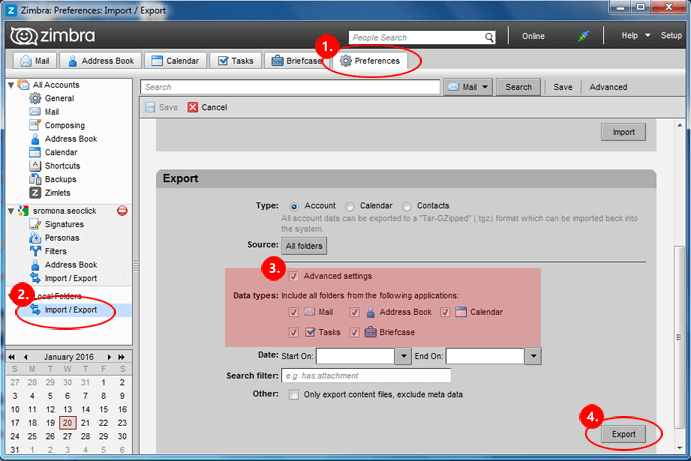

What are Add-Ins?Īdd-ins are extra bits of functionality that software providers create to hook their application into Outlook. Here’s how to disable them so you can tell if they’re the issue. If the Outlook client starts behaving oddly, one of the first things to do is see whether add-ins are causing the problem. Select the add-in to display additional information about the add-in in the right pane The add-in supplier is listed in the provider column.

For most add-ins, you can find the company that supplied the add-in by selecting File > Add-ins. If that doesn’t solve the issue, contact the company that supplied the add-in. If an Outlook detects a problem with an add-in, you can uninstall and reinstall the add-in. Outlook soft resiliency add-in notificationsįor some scenarios (or events), Outlook doesn’t disable the unhealthy add-in automatically, but takes a more softened approach where it shows the following notification and provides an option to disable in case you want to disable it yourself. If the unhealthy COM add-in is in Always Enabled List, it allows you to choose from one of the following optionsĭo not monitor the add-in for the next 7 daysĭo not monitor this add-in for the next 30 days In the case where the unhealthy COM add-in is automatically disabled by Outlook or disabled by you, the dialog box will give you an option to check ‘Always enable this add-in’.Ģ. You can also reach the dialog when you click on View Disabled Add-ins or View More Details from the notification that pops up.ġ. It will show the average delay time next to each unhealthy add-in. Or, if the add-in is Always Enabled by the user, then Outlook displays the reason why it marked the add-in as unhealthy in the warning notification and seeks permission from you to disable it when you select View More Details Fixing Outlook unhealthy add-in notificationsĪll the unhealthy COM add-ins are listed under the dialog File -> Slow and Disabled COM Add-ins. When this happens, Outlook displays a warning in the notification bar

When such issues arise, Outlook will perform one of two actions:ĭisable the add-in automatically.

These problems could be due to latency of events such as switching between Outlook folders, arrival of new emails, opening Calendar items, etc. Since add-ins are separate programs, occasionally an Outlook COM add-in can encounter problems that slows down the rest of Outlook. For example, if you use a password management service or an online meeting service, including Skype, you may have an Outlook add-in assisting you. Outlook add-ins and COM add-ins are programs that run within Outlook and perform actions that Outlook doesn’t provide.


 0 kommentar(er)
0 kommentar(er)
